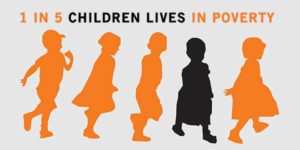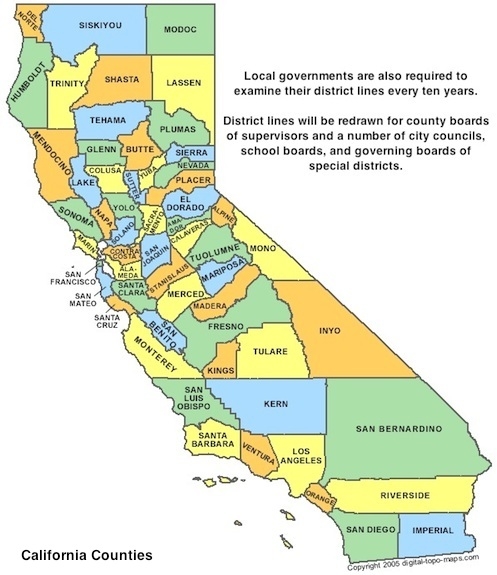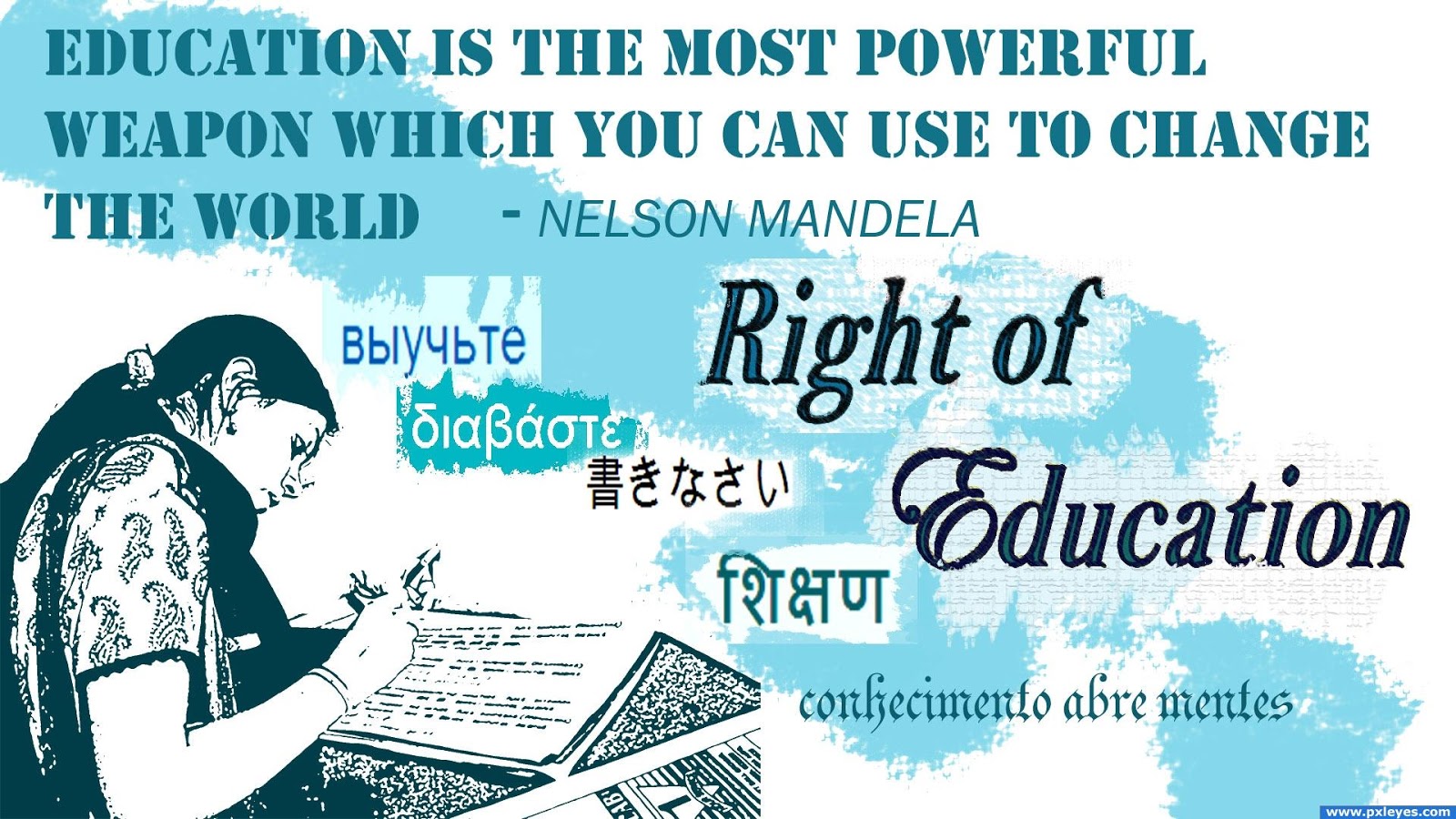Educational rights can be interpreted in more than one way, the one place it has to start from is within the individual, more so the personality of he/she. In order for us as a society to understand what human rights mean to us as a whole, we must first realize what it means to us. Within Pradeep Dhillon’s article “The Role of Education in Freedom from Poverty as a Human Right” he first uses ethos to show how education rights are personal before they become social, and then uses pathos to show how human rights can stem more into more important issues such as poverty.

Dhillon starts off with how education is and should be, “directed towards the development of the human personality or capacities to their fullest” (Dhillon). This is exactly what education should be doing and according to Dhillon it is up to the institutions and authorities to make sure that this is the case within these schools. While these students are learning who they are within the education system, he goes on to explain that this type of thinking should not be based off of self interest alone. This is where Dhillon begins to use his ethos to further prove this point on how education should be within the system. “ Full realization of human capacities contains within itself the mandate to educate towards respect for the human rights and fundamental freedoms of others Rights and obligations are intimately tied within a full human rights educational regime” (see Dhillon, 2007). By this he means to say that the fundamental reasoning behind human rights are tied within the education system, further showing how the responsibility lies within the institutions who are teaching these students for the future.

In order for there to be a future for these students however, these students must have a steady place to live and call a home. One of the basic human rights is the right to food and shelter, and the word poverty is a strong one as it brings fear to anyone who may be living in it or even close to being considered in that situation. “It is important to keep in mind that human rights are rights for all” (Dhillon). The role switching to poverty however isn’t always the individuals fault, rather the responsibility lies within the government and state institutions that make these laws. This is where Dhillon starts to use the appeal of pathos to further describe how food and shelter should be a basic human right in order for education to take full effect. He describes how this freedom should be considered a right as it can lead to women and children being vulnerable, and some may even take their lives because they reached this status in life. The point being that these people shouldn’t be in this situation in the first place as food and shelter should be a basic human right rather than a freedom, such as education, each and every human being deserves to have an education as it will better prepare them for the life they have ahead.

Within Dhillon’s document, human rights both in the world and education is front and center. He uses ethos and pathos in order to stake his claim that education is used for an individual to find themselves in order to help those around them, and uses the fear of poverty to show why exactly it should be a right within society and in the education system as well. Pradeep Dhillon uses the appeal of ethos to show his credibility when talking about the education system and pathos in order to emphasize the struggles that some families may have even though these injustices shouldn’t be happening in the first place, the responsibility lies within the institutions.
Works Cited
Dhillon, Pradeep. “The Role of Education in Freedom from Poverty as a Human Right.” Educational Philosophy & Theory, vol. 43, no. 3, Apr. 2011, pp. 249–259. EBSCOhost, doi:10.1111/j.1469-5812.2009.00595.x.











